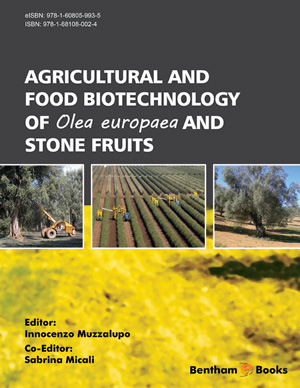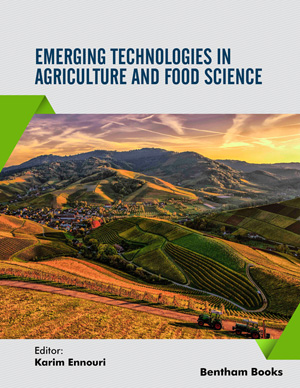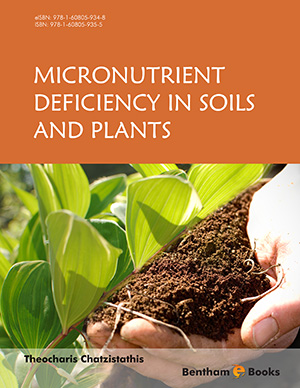Abstract
Quinoa is a grain-like food crop with a higher nutritional value compared to other cereals. It has been reported to be an excellent source of fiber, protein, lipids, minerals, amino acids and vitamins. Quinoa represents a good source of fiber (10%), which is much higher than that of wheat 2.7%, corn 1.7%, and rice 0.4%. The quinoa seed comprises protein (120-180 g/kg), which contains a better-balanced amino acid composition than conventional crops such as cereals. Quinoa also contains several beneficial health compounds, including phytoecdysteroids, phytosterols, saponins, betalains, glycine and phenolics. Dietary supplementation of quinoa has shown significant effects on growth performance, public health and production performance of large and small animals. Birds fed diets supplemented with quinoa at a low level (50 g/kg) had achieved a better performance without any adverse effects. But the high level (150 g/kg diet) of quinoa reduced live body weight at 20 days of age from 627 to 601 g and at 39 days of age from 1760 to 1709 g, respectively, while feed conversion ratio was increased from 1437 to 1486 g feed kg-1 live body weight at 20 days of age. Birds fed a diet enriched with 30 g/100 Kg recorded higher body weight and feed intake compared to those fed on 10 g/100 Kg and the control group. Supplementation of 40 or 80 mg/kg of iso-flavones increased total antioxidant capacity in the blood of chickens.Hitherto, there is a gap in the knowledge base of quinoa as a feed additive, which is not widely considered in poultry feeds. Thus, this chapter aims to find the medicinal and nutritional importance of quinoa to boost the performance and health in poultry farming.
Keywords: Anti-oxidant, Feed additive, Health benefits, Poultry, Quinoa.














